Online Learning Challenges (& Ways to Solve Them)
The spread of COVID-19 has forced millions of students and teachers to move their communication online. The schools are closed until further notice and we have to adapt to a new lifestyle. Teachers and administrators are working hard during lockdown trying to keep students on track, shifting to online learning within the shortest time.
Although technology evolution now allows many things we haven’t believed possible, the shift to e-learning doesn’t go as smoothly as we want it to be. Facing the pitfalls of digital learning may be discouraging and frustrating both for teachers and students.
That’s why the Jellyfish.tech team is about to research and discuss the most common virtual learning challenges and the possible ways of addressing them.
Contents:
- Organization of work processes & time management
- Gadgets shortage and crashing systems
- Connectivity
- Computer literacy
- Adjusting of online courses to deaf or hard of hearing students
- Data privacy
- Security
- Isolation
- Lack of interaction
- LMS imperfections
- Bottom Line
Organization of work processes & time management
The teachers are supposed to move their classes online right away having no additional training and extra budget.
A comprehensive learning management systems usually cost an arm and a leg, so teachers have to use numerous digital tools to deliver e-learning.
They start their day by opening multiple tabs for multiple purposes, switching between them.
They attend virtual school, parents, and student meetings, trying to handle the amount of information we’re facing right now and decide on the teaching strategy.
They should grade the assignments coming from different places.
They stay online 10 hours per day to clean up this mess, set up, streamline the processes making online learning more efficient. And this isn’t the full list of challenges in online teaching.
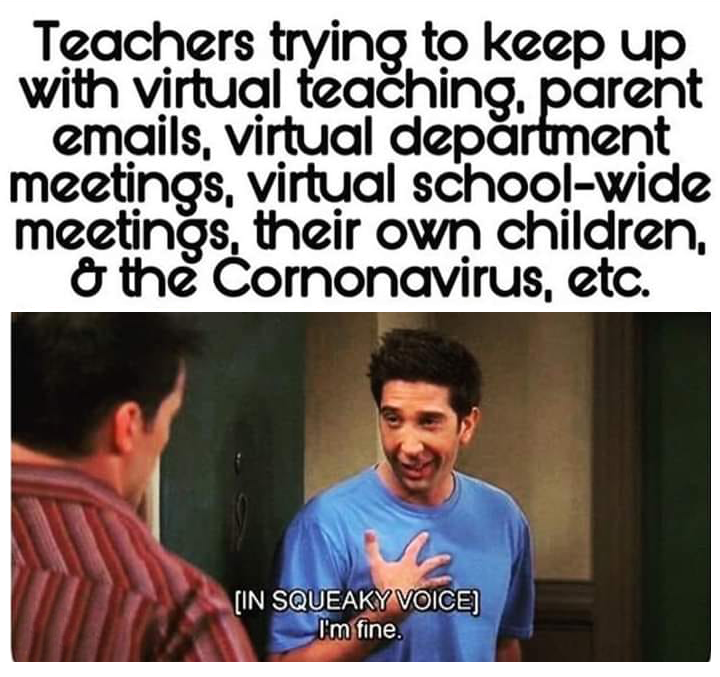
Solution. Unfortunately, many schools weren’t prepared for moving classes online. In this situation, the burden is put on teachers to adapt themselves and their students to a new way of learning. Honestly, all we can do is to encourage you to stay brave and advise some free tools to organize your workplace.
In case there is no option to use an LMS, we recommend trying Notion to bring all your digital working tools together on one platform. The plans start from free (enough to cover the basic needs) to $4 and $8 (for teams).
With 50+ templates for different spheres, you will be able to organize & streamline the processes quickly and get down to work.
Gadgets shortage & crashing systems
Not every student & teacher has a personal gadget to use for online learning. Many of them are supposed to share the laptops and computers with their parents, sisters/ brothers to stay on track.
Another problem everyone’s faced is a computer crash that usually happens at the most unexpected moment.
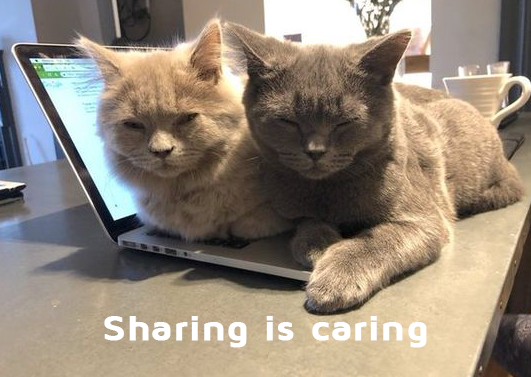
Solution. Teachers and students have been mostly given a laptop to use during the quarantine, and no strict time frames are defined for having the assignments done (in case the families should share the gadgets). Following the lead of some countries, lectures may be appearing on TV to make them accessible to a wider audience.
Connectivity
Millions of people around the world are experiencing technical difficulties because of the high usage rate of online learning systems, video streaming software, & other digital tools. The platforms are overloaded: poor quality video and audio, internet problems. Internet connection is either unstable or the current data plan is not enough to cover the progressive e-learning needs. Students in both urban and rural areas are struggling with the “homework gap”. Teachers are trying to manage the bad internet connection during the online lessons.

Solution? Unfortunately, little can be done to resolve the connectivity problem when everyone goes online. Calling your provider and seeking advice can work out in some cases, as well as upgrading your current Internet plan or hoping for 5G coverage. However, the sad truth is we all have to adapt to a slow Internet speed amid the coronavirus lockdown and learn to live with it.
Computer literacy
It’s hard for teachers, students, and parents to start using a learning management system or any other digital tool out of nowhere without additional training. They could be overwhelmed by the amount of data they deal with trying to go digital, as well as frustrated facing the unknown.

Solution. An additional class of computer literacy for both teachers and students is always a good idea. Besides, many digital tool providers offer customer support as well as a large learning base to their users to get armed with tutorials.
Adjusting of online courses to deaf or hard of hearing students
The deaf and hard-of-hearing students were taken from their offline classes with interpreters and put home with poor ability to adjust the remote learning to their needs as well as amplify these adjustments. Provided that online learning is already a kind of challenge for the students, those deaf or hard of hearing facing a double problem multiplying the chances of falling behind.
Solution. Students can be provided with the lesson script, typically made by teachers as supportive material for each lesson. Video transcription is another way to reach out to the deaf or hard of hearing students, automating the process by using voice-to-text applications. Another idea is to choose the motion-picture based material for the lessons, which will keep all students more engaged. Finally, AI-powered personal assistants may become real helpers teaching students with special needs.
Data privacy
From the very beginning of the school shutdown, teachers and students have been connected using multiple digital tools without paying due attention to the amount and nature of the personal data they collect. Reaching the main objective of a quick transition to online learning, we had to neglect our privacy, especially when large e-learning software suppliers offer temporary free subscription plans.
The recent case of Zoom, a remote conference services company that has appeared to store all video conference recordings on storage space without a password, proves we have to thoughtfully approach choosing the digital tools for online learning delivery.
Solution. Finding a balance between a quicker move to online learning and data security prioritization isn’t an easy thing. Although the companies make generous partnership offers to the teachers & students, data privacy advocates recommend using only those products which don’t use students’ data for any purpose beyond the educational one. Getting into a partnership between schools and companies is undesirable without signing a contract with a clear explanation concerning the data they collect & use.

Security
The covid-19 outbreak, as well as any other crisis, is a fertile ground for cyber criminals, unleashing the wave of cyber attacks. Keeping sensitive data from being stolen is a number one priority for digital tools that help deliver e-learning.
Solution. Starting to use an application, we can’t be 100% sure our data will be kept safe. However, it’s still within our power to be careful about the data we disclose on the Internet. We could avoid or at least reduce the risk guided by the simple rules, which remain relevant at any time:
- Don’t use suspicious websites and applications;
- Don’t follow the suspicious links;
- Be attentive when open emails from unknown senders (mission impossible for teachers who receive dozens of emails per day from co-workers, students, or parents);
- Update your software regularly.
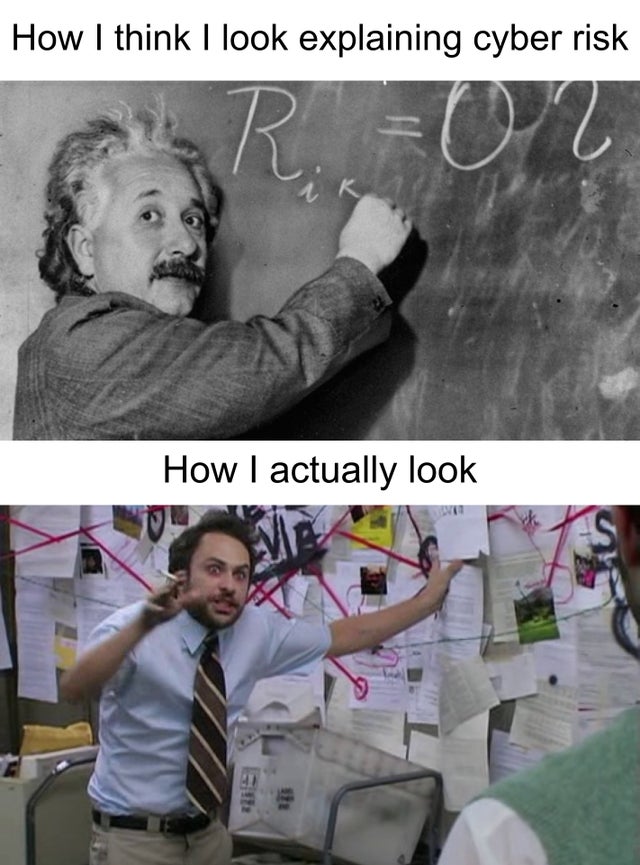
For those who want to know more, National Cyber Security Alliance has launched the COVID-19 Security Resource Library to help users get up-to-date information concerning privacy and security safely.
Isolation
This rather psychological factor is still highly affecting students’ motivation and learning progress. Being in the classroom, students got used to instant eye-to-eye communication with each other allowing reacting together, sharing the experience, joking, & making non-verbal contact, strengthening social skills. For many students, a classroom has been a kind of sanctuary, which is now taken away. It’s not a surprise most of them feel isolated, scared by the pandemic, parents’ job loss, friends’ disconnection.
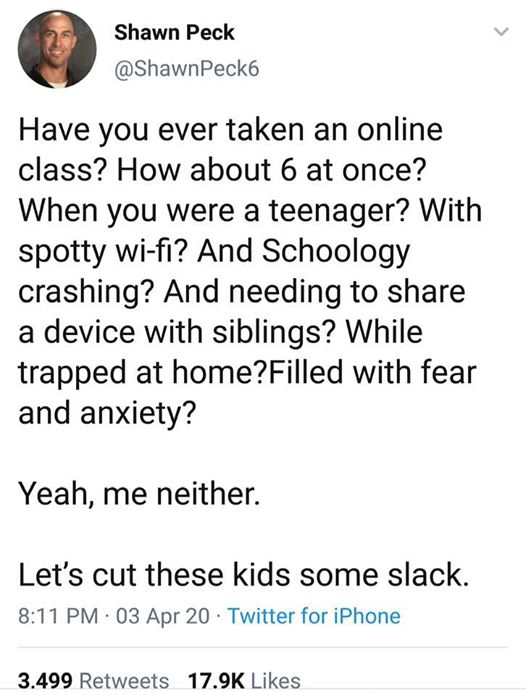
Solution. Education is not only about gaining knowledge, it’s also about the interaction between students and teachers. In today’s world, teachers’ responsibility is not only to provide e-learning but support the students, stay connected, and keep the integrity within the classroom as well. Show your students you are open to communication. Keep the lessons simple. Be kind when grading assignments. Find time to discuss students’ concerns about the current world situation during the lesson. Ask each student how you can help. Tell them how you’re dealing with the current situation. We understand how hard it is to encourage the students and how responsible the role of a teacher is. Please keep calm and stay optimistic?
Lack of interaction
During online lectures, it’s hard to keep students engaged without a teacher’s physical presence and face-to-face contact. Moreover, a key concern is connected to science labs (physics, chemistry, etc.), impossible to put into practice without in-person instructions and courses relying mostly on hands-on work (i.e. nursing, art classes).
Solution. There are many ways to engage students during the online lessons: PowerPoint presentations, short videos, quizzes, on-the-go recordings, gamification, bite-size learning… Ensuring constant contact: tracking the progress and giving feedback is another step to keeping each student engaged. Referring to science labs, students may use scientific modeling and simulation applications to gain practical experience.
Besides, maybe the time has come for us to review the classic relations between teachers and students, approaching a “fair trade-off”: the first have knowledge of the subject to share, the second can make the most of gadgets. Why not seek the support of your students? Sincere interest in what students are doing engages them even more than any interactive teaching strategy.
LMS imperfections
Not understanding the psychology of teaching and learning and not understanding how teachers and students really work during LMS creation is one of the cornerstone problems of the industry.
Solution. Building a good LMS is possible only under the guidance and with the help of a learning consultant with teaching experience. Conducting multiple interviews with teachers and students, researching the social, psychological, and personal teaching aspects is a must when working on an LMS creation.
Bottom Line
In-depth research made by the Jellyfish.tech team revealed the major problems in the e-learning system and the possible solutions. We are still determined to help teachers & students around the world adapt to new learning conditions based on our edtech expertise.
The world is changing. Today’s crisis has opened the door to new opportunities:
- giving a leading role to students;
- achieving new standards of online learning
- using gadgets not only for fun, but to get something new by taking online courses, joining the relevant community for the experience exchange, or accessing the free information sources
Together, we’ll be able to get a handle on the mess a shift to e-learning seems to make and find the most efficient approaches to digital learning.
Related posts:
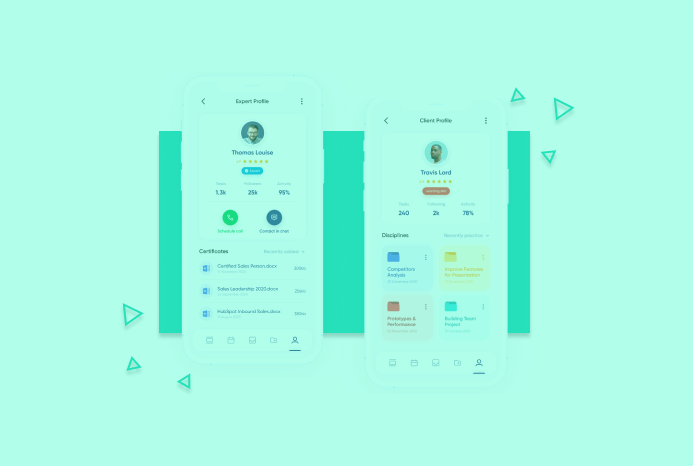
Development of online tutoring marketplace to connect learners & experts 
5 main roles of artificial intelligence in online education industry 
Top 10 LMS features that make your users happy






nice analysis..i’m doing a study on it … it’s very edifying for me ..thank you again
thank you, Gayap! Good luck with your study✊
lucid
haha, I have nothing to add ?
Nice analysis but i guess you should also mention the issues of a lack of parental support at home or unfavorable home learning environment that affects learners.
You’re definitely right, Zie, thank you. I think I was implying this in the isolation part. I’ll make it more evident
This is very informative thank you. As a teacher it is even more frustrating having to teach students online yet am also half-baked in e-learning/training.
Thank you, Regina. You’ll be cool with it, I’m sure!
Hello! Just dropped by to write great website. Keep up the good work youre doing!
thanks!
Lovely piece, well articulated. How do we cite your article?
thank you! feel free to use the article name and URL
very informative article encompassing all issues.
This has been a great help on my assignment . A different issue that would be nice to be seen was the crashing system, as unfortunately it does happens. Keep up the good work
Thank you, Ella! I’ll definitely add your point to the article
Nice analysis about current situation. Good job
Wow this has been of help to me.. thanks for your submission
Thank you, gals and pals, I appreciate it!
Good informatioan. We will do the best for teaching and learning.
Thank you for this material. As an online educator (during this COVID 19 pandemic) I have faced a lot of challenges too. Hope there is also a discussion on how or what is the teacher’s way of understanding these challenges faced by the learners.
Thanks for your opinion, Grace! Maybe, you could help us better understand a teacher’s perception of these challenges? Feel invited to reach out, I’d appreciate it.
Thanks Lisa for this awesome piece